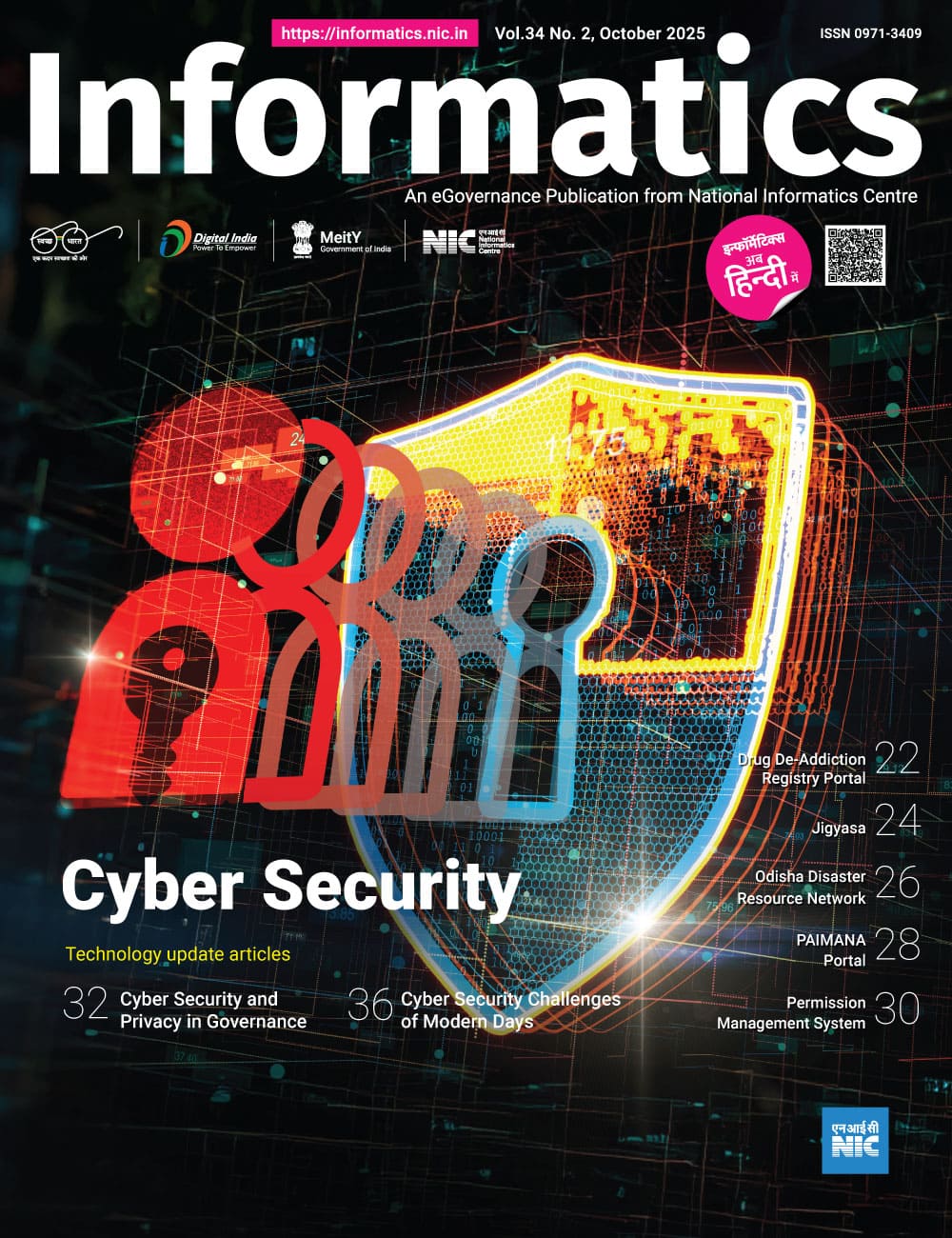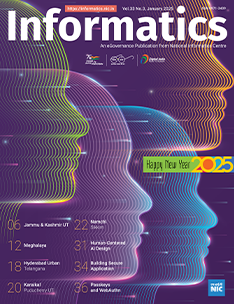eSamikSha plays key role to measure the performance in Govt.
Prime Minister Narendra Modi and Cabinet Secretariat directly monitoring progress of schemes and projects of all ministries through eSamiksha and PRAGATI projects, the government has scrapped a major scheme through which performance of ministries was monitored since 2011. Government "has not pursued the mechanism of Performance Monitoring and Evaluation System (PMES) for 2014-15 and thereafter.
Under PMES, every ministry made a Result Framework Document (RFD) every year against which its performance was measured at the end of the year. PM and Cabinet Secretariat were now directly monitoring projects and schemes of ministries through eSamiksha project launched by Modi. "When PM and Cabinet Secretary — such senior persons — are intensely monitoring the performance, what is the need for a PMES mechanism? The main objective is only that projects should complete on time. The official added that PMES mechanism was going on "mechanically" and the feedback that the PMO got from many bureaucrats was that the scheme was not suited for the purpose. There are now frequent reviews by the PM and Cabinet Secretariat through eSamiksha," the official said.
Under the Cabinet Secretariat, the Performance Management Division was handling the PMES. The eSamiksha is a real time, online system for monitoring of projects by the PM and follow-up action is to be updated by the concerned ministry as and when the status changes or at least every month — PM monitors this on his iPad. PRAGATI is another platform through which PM once every month monitors and reviews important programmes and projects of Centre and states. In 2011, then PM Manmohan Singh had unveiled the PMES system for monitoring performance of government departments. Renowned economist, Prajapati Trivedi, was brought in as Secretary of the Performance Management Division of Cabinet Secretariat to steer the PMES through which every ministry made its RFD every year since 2011 spelling out its key targets. At the end of the year, all ministries reviewed their performance against the targets and were given marks.




 Subscribe
Subscribe
 Flipbook
Flipbook PDF (5.0 MB)
PDF (5.0 MB)


